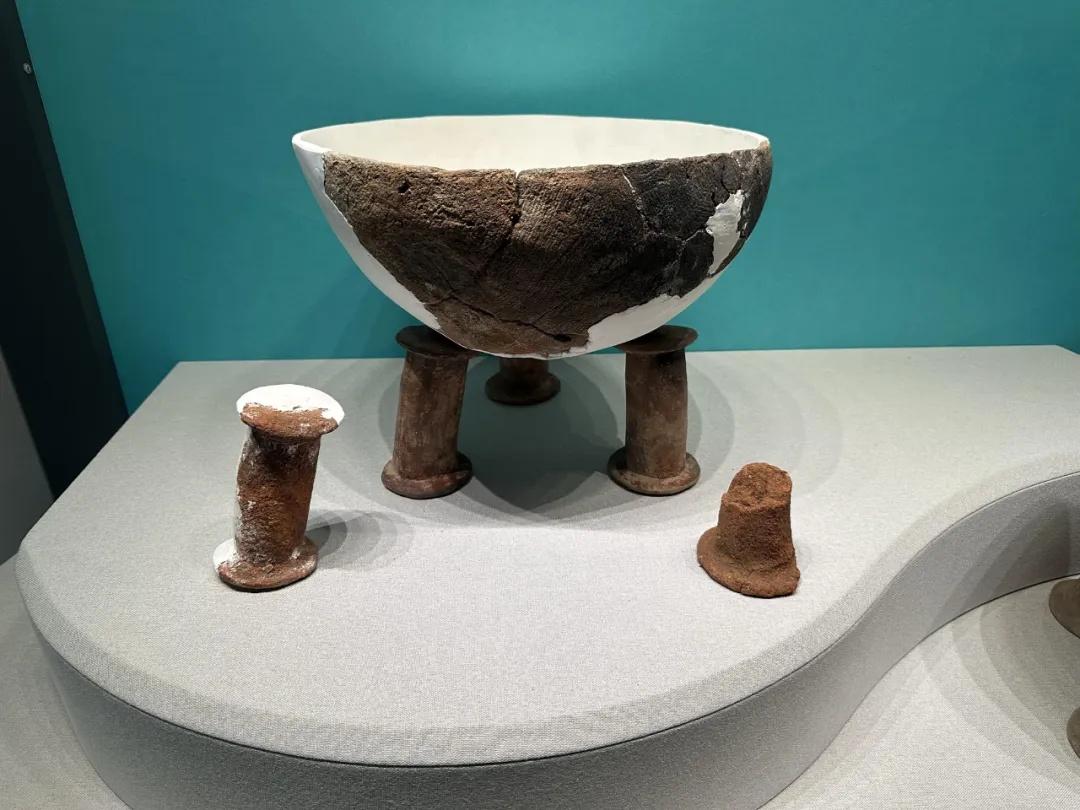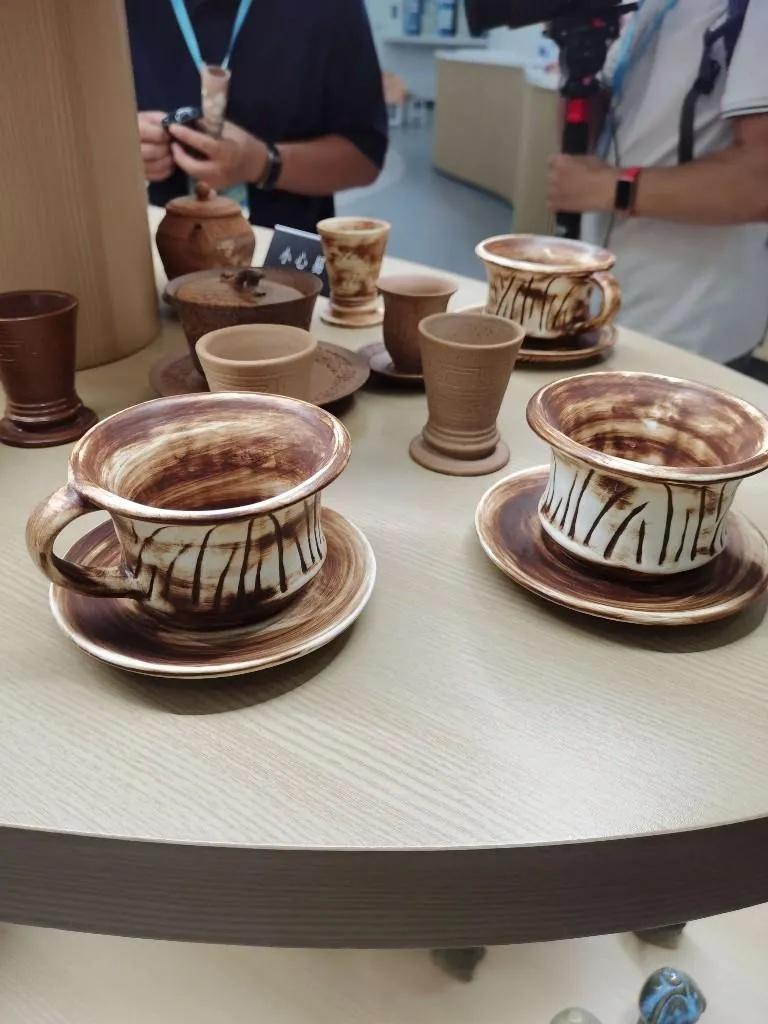Pingtan's Keqiutou sites reveal ancient seafood 'hot pot' and Austronesian cultural heritage
en.ptnet.cn | Updated:2025-08-27 | Lin Kongbo, StephaniePingtan, an island off the coast of Fujian Province and the Chinese mainland's closest point to the island of Taiwan, is not only a key zone for cross-Straits integration but also a repository of ancient history. Its Keqiutou sites—recently featured in the 2025 "Vibrant China Research Tour" covered by Science and Technology Daily—offer rare insights into prehistoric life and the origins of Austronesian-speaking peoples.

Dating back 7,500 to 3,000 years, the Keqiutou sites are home to artifacts that tell stories of early coastal life. At the Keqiutou Site Museum, a restored pottery pot and three supporting tripods stand as star exhibits. "This set is essentially China's earliest 'seafood hot pot'," the museum's curator told Science and Technology Daily. "The pot has a round bottom, so it needs tripods to lift it over fire for cooking. We found thousands of shells—oysters, conches, and clams—around the sites, which proves ancient people here ate seafood regularly and used this cooking method."

Another museum highlight is a Neolithic pottery cup unearthed at the Donghuaqiu sites, part of the larger Keqiutou Sites Cluster. Measuring just 10 centimeters tall, the cup is adorned with clearly defined vertical lines, showing the craftsmanship and aesthetic tastes of its makers. "This cup is our 'treasure',"the curator said. "It shows how skilled people were 3,000 years ago. To help visitors connect with this history, the museum's gift shop sells replicas of the cup as coffee mugs. This allows people to hold a piece of that ancient culture in their hands."
The Keqiutou Sites Cluster, which includes the Keqiutou, Xiying, Donghuaqiu, and Guishan sites, is a designated Key National Historical and Cultural Site and was named one of the "Top 10 National Archaeological Discoveries of 2023." Archaeologists say the sites are critical for studying the origin and spread of Austronesian-speaking peoples and provide key evidence of China's diverse, integrated civilization from a maritime perspective. The museum continues to display newly excavated artifacts, allowing visitors to explore the site's rich cultural layers firsthand.
(Source: Science and Technology Daily)

